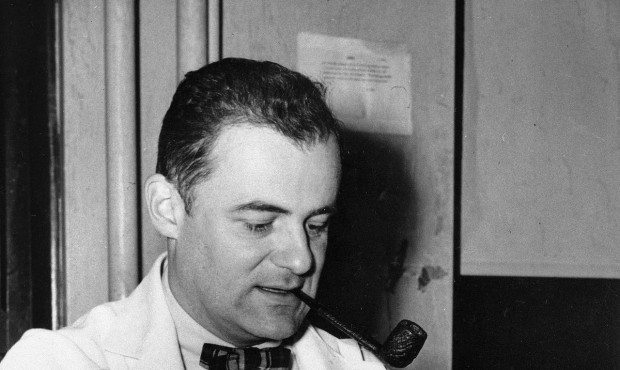Drought speeds decline of beloved California desert species
Jun 7, 2015, 4:30 PM
LOS ANGELES (AP) — In the California desert, Joshua tree seedlings are shriveling up and dying before they get the chance to put down strong roots, and ecologist Cameron Barrows wants the details.
The University of California, Riverside scientist knows that hot weather and lack of rainwater hurt the iconic species, reports the Los Angeles Times (http://lat.ms/1eWmPk6 ). But Barrows plans to monitor Joshua trees’ responses to climate change and drought, which will provide baseline information to help guide conservation decisions.
With funding from federal wildlife officials, Barrows is trying to find ways to assess the effects of climate change on the plants and the animals they shelter, including yucca moths, skipper butterflies, termites, ants, desert night lizards, kangaroo rats and 20 species of birds.
“Beyond its importance as a critical refuge for desert species, the Joshua tree is a cultural signature of California’s desert landscape,” UC Berkeley biology post-doctoral fellow Rebecca R. Hernandez said.
The species, which only grows in the Mojave desert, has become a mainstay for movies, fashion shoots, advertising campaigns and wedding ceremonies.
Scientists predict that the trees will lose 90 percent of their current range in the 800,000-acre Joshua Tree National Park by the end of the century if the warmer, drier conditions continue.
The park has seen 1.71 inches of rain this year. Precipitation there averages about 4 inches per year.
“For Joshua trees, hotter, drier conditions are a problem — but a bigger problem is that what little rainfall occurs evaporates faster,” Barrows said.
Technically called Yucca brevifolia, Joshua trees aren’t actually trees — they’re succulents. They can grow up to 40 feet high, live more than 200 years and bloom sporadically with yellow and white bell-shaped blossoms.
They were named after the biblical figure Joshua by a band of Mormons travelling through the Cajon Pass back to Utah in 1857. They saw the trees as shaggy prophets stretching their limbs to point the way to their promised land.
The species has weathered threats before. In the 1980s, about 200,000 Joshua trees were replaced with housing tracts and shopping centers in desert boomtowns like Lancaster and Palmdale. In the 1990s, moist El Nino conditions triggered explosive growth of exotic grasses that established themselves and left the forests vulnerable to large-scale brush fires. One such blaze charred 14,000 acres in 1999.
But can Joshua trees survive climate change? Computer models by Barrows and his team show the species retaining just 2 to 10 percent of its current range if global temperatures rise by 5 degrees Fahrenheit.
“Since they grow for about 200 years, we won’t see massive die-offs in our lifetime,” park Superintendent David Smith said. “But we will see less recruitment of new trees.”
Scanning the park, Barrows was able to find a tiny sign of new life: a knee-high bouquet of dagger-like leaves.
“Look here, a baby,” he said, estimating the Joshua tree was 10 to 15 years old. “Will it survive? Depends on how much rain we get.”
___
Information from: Los Angeles Times, http://www.latimes.com/
Copyright © The Associated Press. All rights reserved. This material may not be published, broadcast, rewritten or redistributed.








